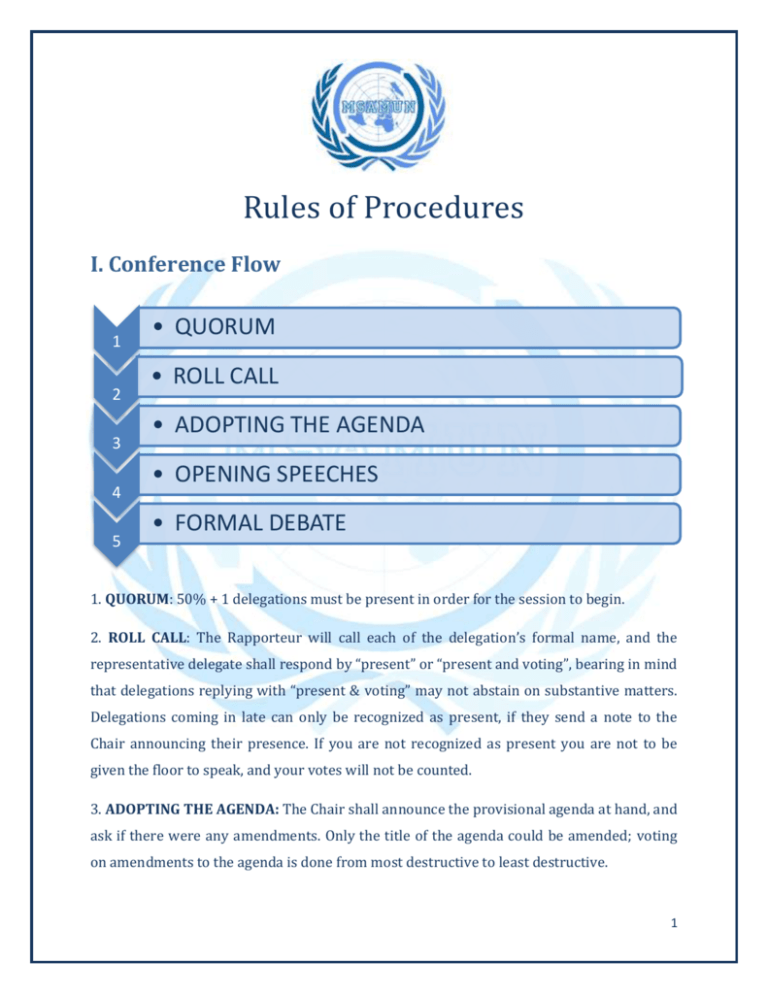where would an employee find an employers rules of etiquette?
Publicado por soni@xenelsoft.co.in en Aug 6, 2025 en Uncategorized | Comments Off on where would an employee find an employers rules of etiquette?Where would an employee find an employers rules of etiquette?
Some email programs use a queue to hold emails before sending them, and occasionally messages will get left in the queue and not sent casino gaming development. However, “it got stuck in my outbox” is not a good excuse and is simply bad manners, says Olivier. Make it a habit to ensure all your messages are sent.
Many people preview their messages—meaning they see the subject line and the first line of the body of the email before deciding if they want to open it and read the whole thing. “Teaser” subject lines are frustrating and can come off as manipulative, so keep it brief but specific. It’s less important to be funny or eye-catching than it is to be informative and clear. Also keep in mind that these grammatical mistakes will make you look bad.
Unlike bcc, individuals who are cc’d (carbon copied) in an email can see who else received it. The purpose of cc is to include multiple recipients in an email while communicating that you don’t necessarily expect a reply from all of them. For example, you may send an email to a colleague in a different department and cc your manager so they’re aware of the conversation’s progress.
Formal rules of procedure or etiquette
Robert’s Rules of Order is a lengthy manual of parliamentary procedure that governs most boards of directors, which was first created in 1876 by Henry Martyn Robert as an adaptation of the rules and practices of Congress. With the latest versions of the manual totaling around 700 pages, a Robert’s Rules of Order cheat sheet is useful for highlighting the most common processes used by today’s boards.
Amendments, a vital aspect of parliamentary procedure, are used to refine motions by precisely altering their wording. These include inserting, deleting, or substituting the motion’s words or paragraphs. Here are some methods of amending motions that boards should know:
Etiquette and protocol are both important aspects of social behavior, but they differ in their scope and application. Etiquette refers to the customary rules and norms that govern polite and respectful behavior in society. It encompasses a wide range of social interactions, such as greetings, table manners, and dress codes. Etiquette is often subjective and varies across cultures and contexts. On the other hand, protocol is a more formal and structured set of rules that guide behavior in official or diplomatic settings. It outlines the proper procedures and precedence to be followed during official events, ceremonies, or meetings. Protocol is often more rigid and standardized, aiming to ensure smooth and orderly conduct in formal situations. While etiquette focuses on general social interactions, protocol is specific to official or ceremonial occasions.
Like any other formal event, a lot goes into planning, preparation, execution, and eventually, board meeting minutes are reported to the relevant stakeholders. For example, organizations employ board meeting management software to assist their administrators and secretaries in creating, distributing, and organizing meeting information in real time.
In the flow of an intense board meeting, it’s easy for even an experienced president to lose the thread of the discussion and allow things to get out of hand. This is why the chair often finds it helpful to implement a cheat sheet when preparing the agenda for the meeting and during the meeting discussions.

10 golden rules of email etiquette
Whether crafting sales emails or designing trigger campaigns, following the standards as per the email etiquette training ensures professional communication in business, fostering positive client relationships, and upholding your brand’s reputation.
Invest in Calibr.ai, which allows you to unlock an AI-powered learning experience for your employees. With Calibr LXP, you can offer a seamless eLearning experience, allowing your learners to engage with the employee training program and gain fruitful insights to apply the Company Email Usage Policies to their daily business-as-usual activities.
Ideally, and this goes without saying, your email should be as simple as possible. Even if you have a good vocabulary and an amazing grasp of the language, most of your users might not understand big words, complex idioms, or jargon..
This same strategy can be applied post-interview. Your first email is used to thank the interviewer for their time and to answer or respond to any issues that were brought up during the interview. A few days later, follow-up with a short one or two sentence email. Ten days after your interview, send one more note thanking them again for their time and asking if they have any follow-up questions for you or need any additional information. If you don’t receive a response to your third inquiry, it’s a “no.”









